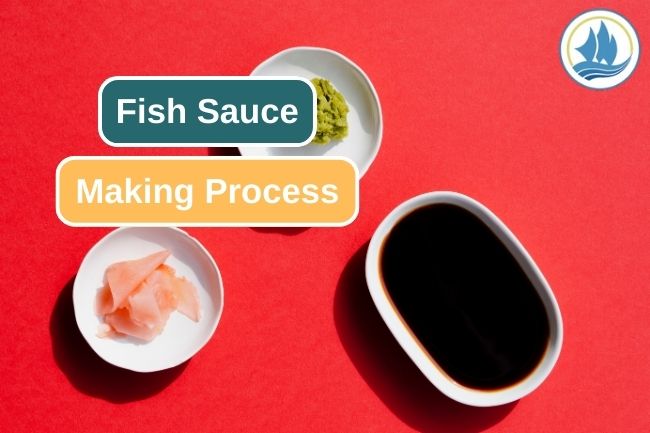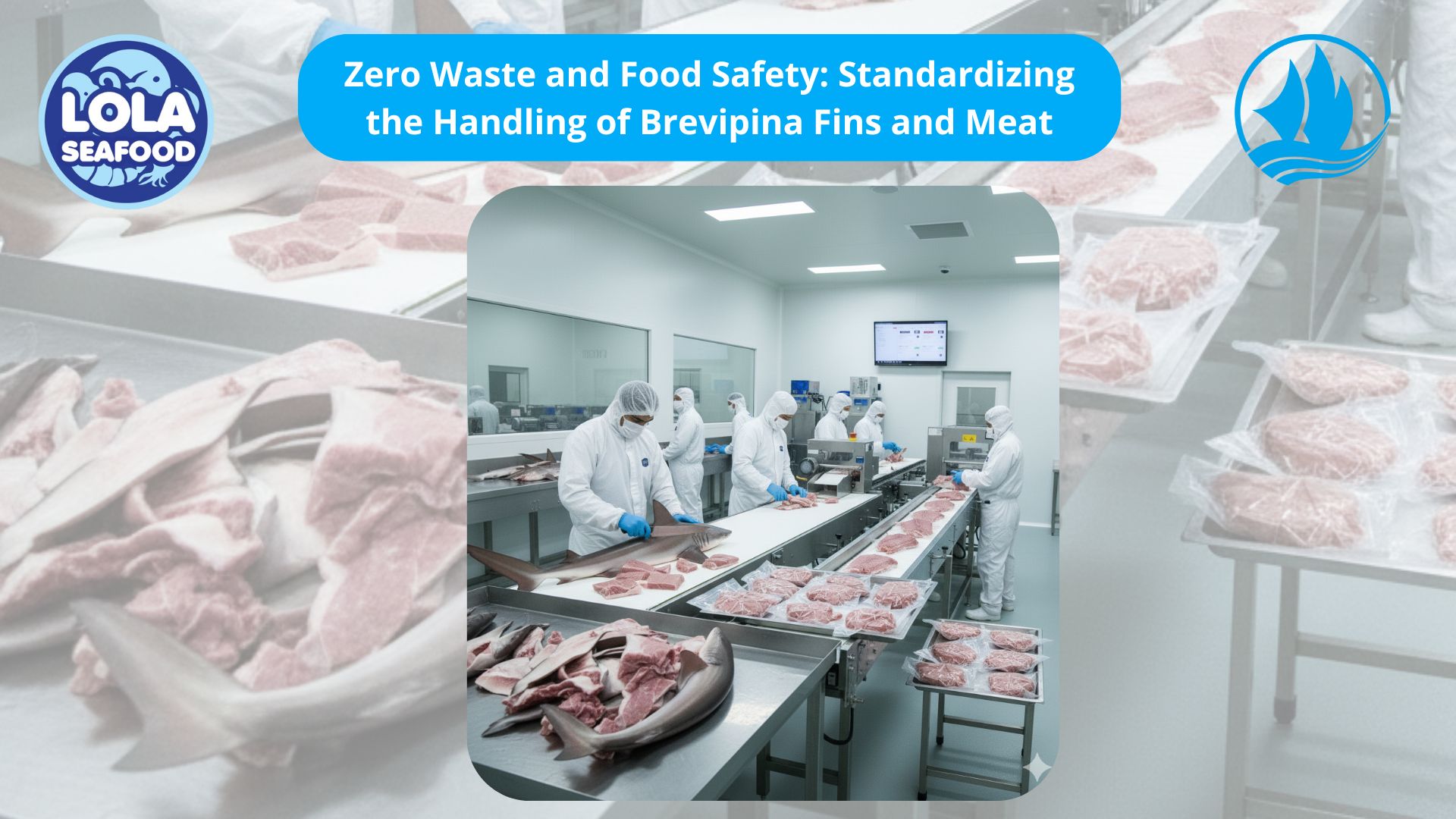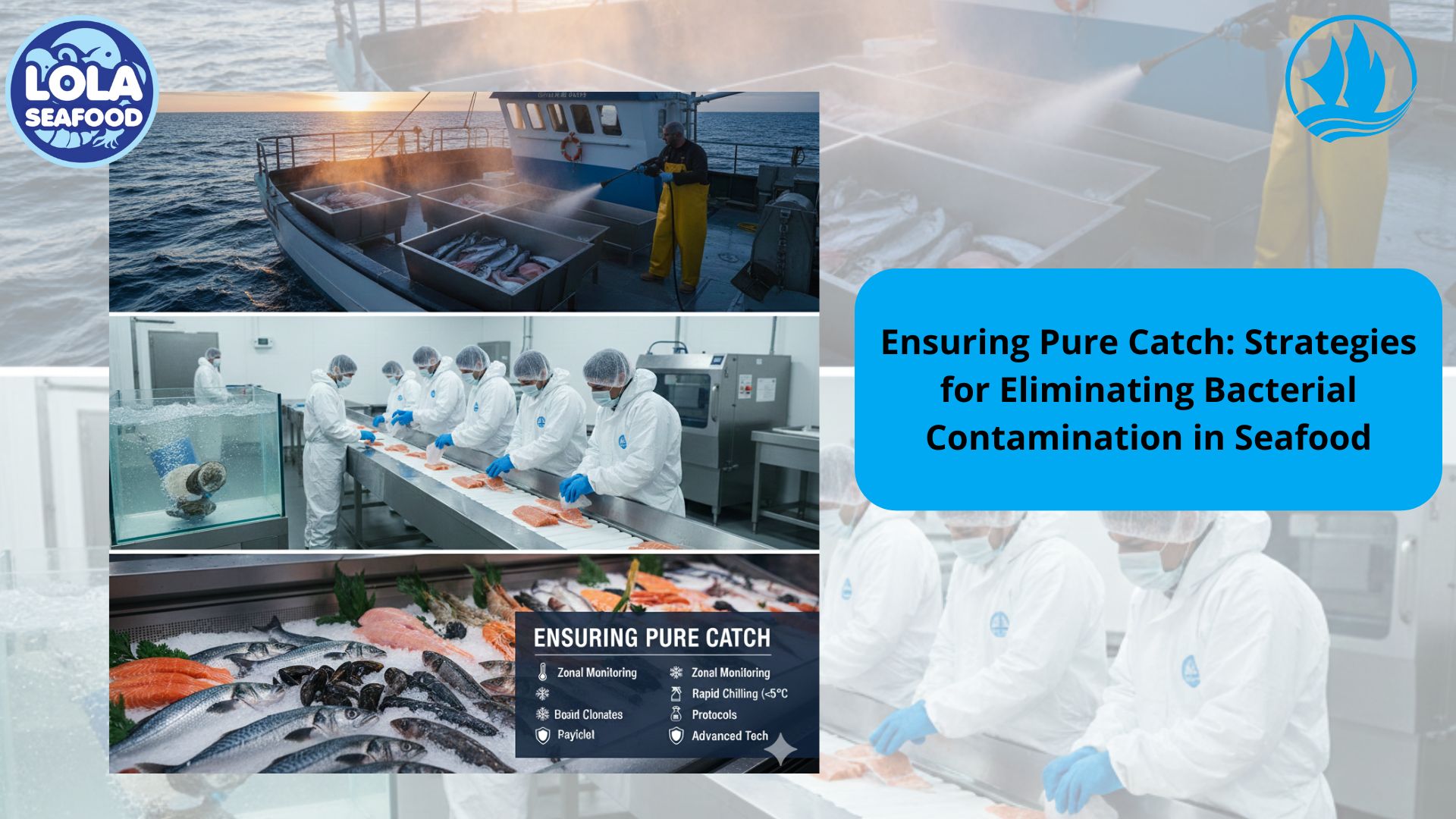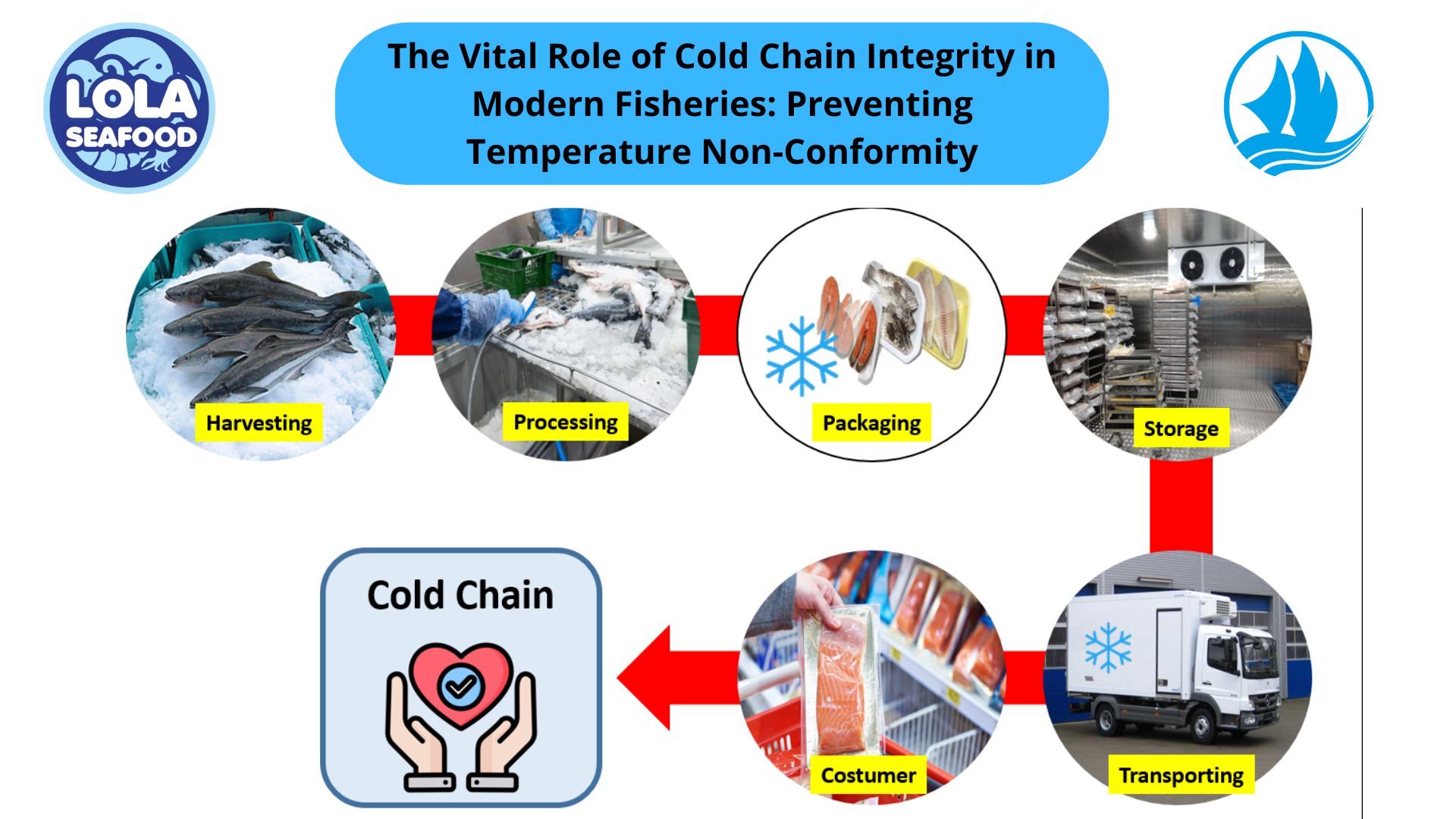How Fish Sauce Making Process Works
By. Nevanda - 14 Aug 2023
kelolalaut.com - Fish sauce, a pungent and savory condiment, has a rich history dating back thousands of years. Originating in Southeast Asia, particularly in countries like Thailand, Vietnam, and Laos, fish sauce has transcended its regional roots to become a staple ingredient in global cuisines. This article delves into the intriguing process of making fish sauce, a journey that transforms humble fish into a culinary elixir that tantalizes the taste buds.
1. Fish Selection and Preparation
At the heart of fish sauce production lies the careful selection of fish. Anchovies, mackerel, and other small, oily fish are often chosen for their robust flavor profiles. The fish are meticulously cleaned to remove impurities, ensuring that the final product maintains its pure essence.
2. Mixing Fish and Salt
The art of fish sauce hinges on the perfect union of fish and salt. Layers of cleaned fish are alternated with sea salt in large containers or barrels. This salt serves not only as a flavor enhancer but also as a preservative, drawing out moisture from the fish and creating an environment hostile to harmful microorganisms.
Read also: 8 Advantages of Using Pen Culture for Fish Farming
3. Fermentation
Once the fish and salt are combined, a slow alchemical transformation begins. The mixture is left to ferment for several months to a year, depending on the desired flavor complexity. This phase is a dance of enzymes and microorganisms that break down the fish into a liquid, imbuing it with the umami notes that make fish sauce so alluring.
4. Extraction
After the fermentation period, the mixture undergoes a transformation from solid to liquid gold. The extraction process can be as simple as using gravity or as traditional as employing weights or bamboo presses to gently coax the liquid from the solids.
5. Straining
To achieve the desired consistency and clarity, the extracted liquid is strained through cheesecloth or a fine mesh strainer. This step ensures that any residual particles are removed, resulting in a smooth, clear liquid that is the hallmark of quality fish sauce.
6. Maturation and Flavor Development
Like a fine wine, fish sauce benefits from aging. The strained liquid is transferred to containers for a secondary fermentation phase. During this period, the flavors continue to evolve, deepen, and intensify. Some producers expose the sauce to sunlight, harnessing its energy to enhance the fermentation process.
7. Bottling
Once the desired flavor profile is achieved, the fish sauce is carefully bottled and sealed. Some variations of fish sauce may undergo further filtration to achieve varying levels of clarity. The bottled elixir is then stored in a cool, dark place, allowing it to maintain its integrity and quality.
Fish sauce is more than just a condiment; it's a testament to the intricacies of fermentation and the fusion of nature's elements. From humble fish and salt emerges a liquid that transforms ordinary dishes into extraordinary culinary experiences. Whether it's adding depth to a Thai curry, lending complexity to a Vietnamese dipping sauce, or elevating a stir-fry to new heights, fish sauce's role in global cuisine cannot be overstated.
Read also: Unveiling the Artistry of Seafood Pizza Varieties

Optimizing Wild-Caught Fish Logistics: Maintaining Thermal Core Integrity During Long-Haul Transport
.jpg)



.jpg)

 and Employee Productivity on the Demersal Fish Processing Floor.jpg)
